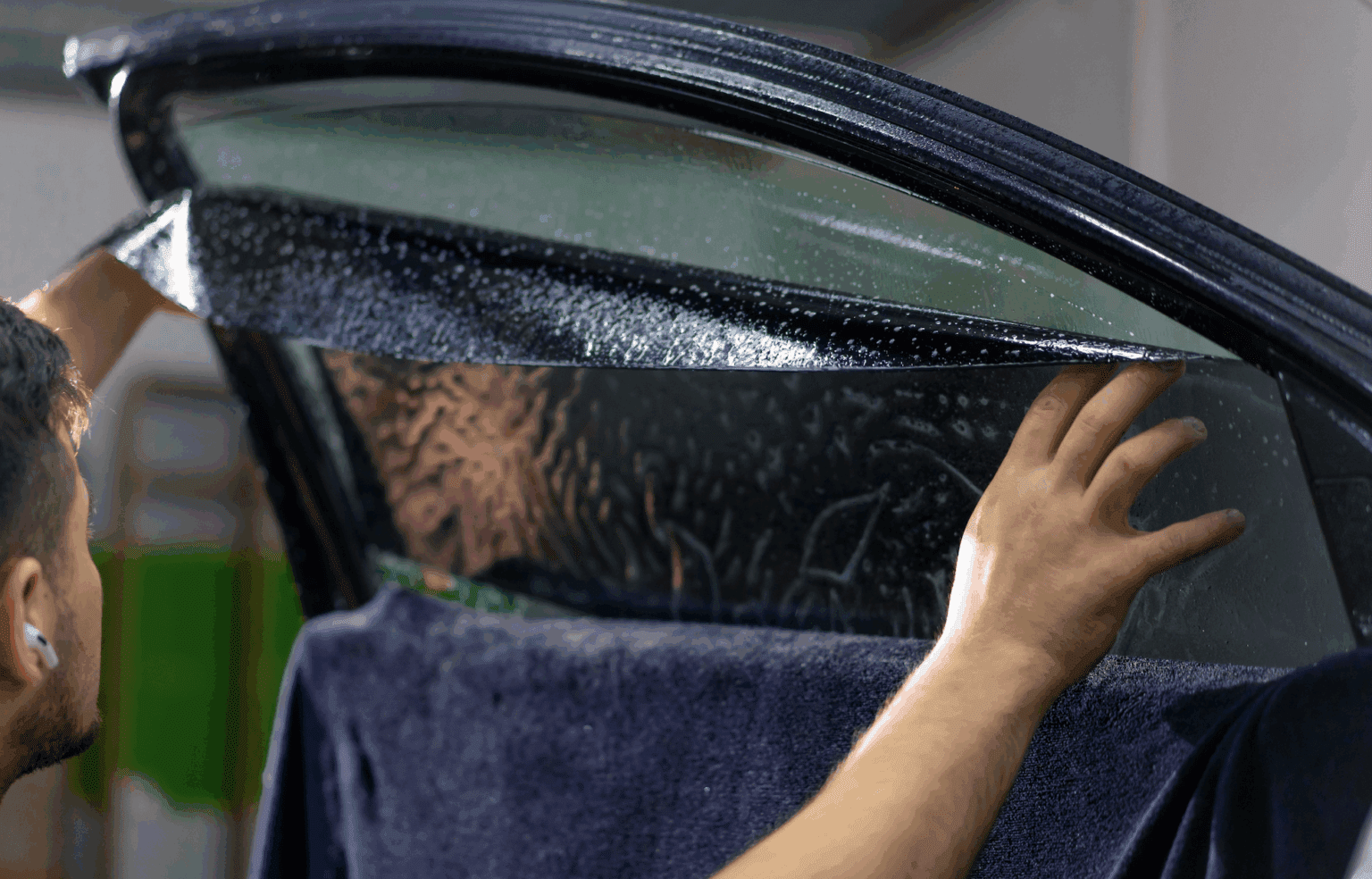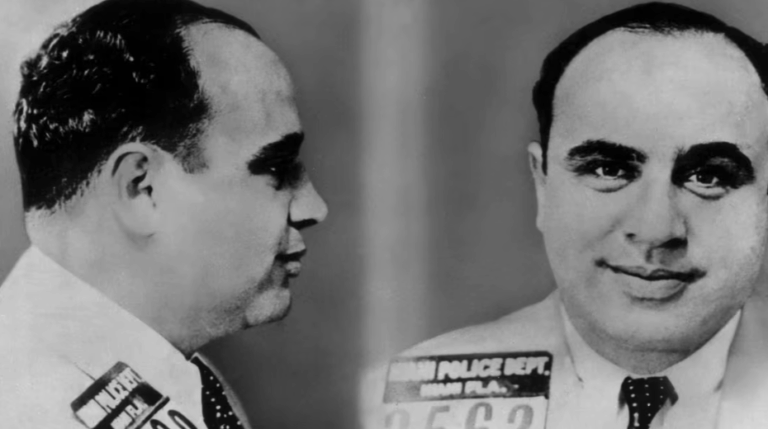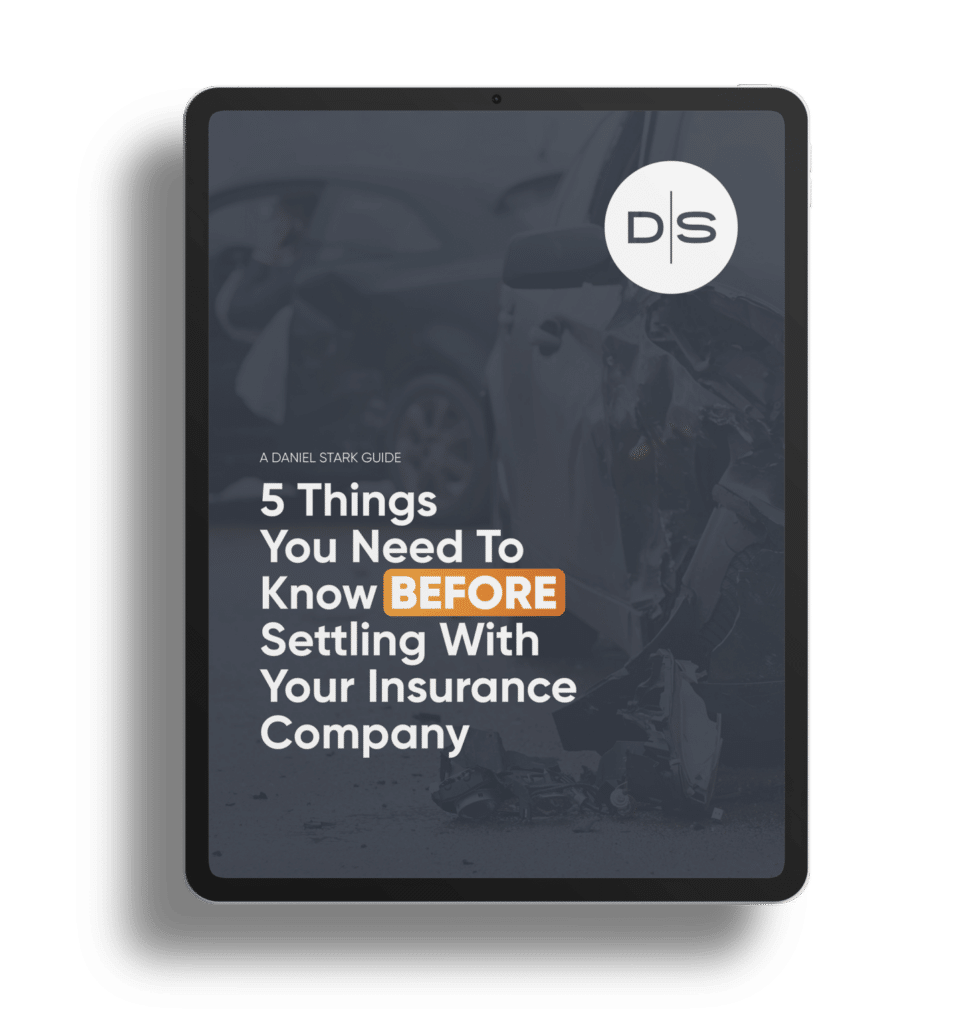Autor: Shelby Benavidez
Abogado colaborador: Jason Ferguson, Attorney
Some people add lift kits, big tires, and hydraulics to their vehicles, but the most popular vehicle modification in the United States is window tinting. Whether it be for privacy, reducing glares, or keeping out the heat, almost everyone we know has some level of tint on their windows. However, adding tint that’s too dark raises safety concerns, especially for police officers who rely on visibility during traffic stops. For this reason, every state regulates tint differently. Some allow darker windows, while others set strict limits that leave little room for customization.
Knowing how tint is regulated, how it is measured, and the potential consequences of going too dark can help drivers make informed decisions. It’s also especially important to understand how tint laws apply in your specific state, since rules vary widely and no one wants to get stuck with a ticket.
U.S. Window Tint Laws: Federal Standards vs State Rules
Does Federal Law Regulate Window Tint? What Drivers Should Know
The federal government sets manufacturing standards for new vehicles, including tint at the time the car is made, but it doesn’t enforce nationwide laws for aftermarket tint. Car manufacturers are required to sell cars with windows that allow at least 70% visible light transmission (VLT). This means any new car on the lot will have optimal visibility and driver safety before any modifications are made. After that point, states are free to regulate tint on their own terms. Though, nearly all states prohibit darkening the windshield except for a narrow band at the top, often above the “AS-1 line,” to maintain visibility.
Some people may qualify for medical exemptions when it comes to window tinting. Drivers with health conditions such as lupus or photosensitivity may qualify for exemptions that allow darker tint than typically permitted. While these exemptions are technically controlled by the state, they are supported by broader federal protections for individuals with disabilities. Basically, federal law lays the foundation, but state law ultimately determines what is legal for most drivers on the road.
How Window Tint is Measured: Understanding VLT Percentages
The measurement that matters most is the Visible Light Transmission, which is the percentage of visible light that passes through the glass. A window with 70% VLT is fairly clear, while a window with 20% VLT leans on the darker side. So, if you hear someone say, “I have 5% on my windows,” that means only 5% of visible light is able to pass through the glass. If you roll down the window, it’ll quite literally be a night and day difference.
How States Enforce Window Tint Laws: Inspections, Tickets & Fines
Strictest Window Tint Laws by State: Where Tint is Most Regulated
New York and California are among the strictest states, mandating 70% VLT for front and side windows, though you can go a little darker on your rear windows as long as your vehicle is equipped with both exterior side mirrors.
On the other hand, states like New Mexico and Texas are much more relaxed, especially when it comes to tinting rear windows. You should be aware that these differences can cause issues for drivers travelling out of state. A tint that is legal in Texas might be illegal in New York, and New York police officers can give you a ticket if you don’t meet local requirements. Be sure to check state-specific tint laws before crossing borders.
How Police Check Window Tint Darkness During Traffic Stops
For police officers, it’s really not that difficult to tell if tint is too dark. Even without equipment, an officer can initially complete a visual inspection. If the officer can’t see inside the vehicle in broad daylight, the tint is probably too dark. Once they pull you over, the officer can use a tint meter to measure the exact VLT.
Tint meters are tools that clamp onto the glass, shine a beam of light through, and provide an instant reading of VLT. An officer typically can’t give you a ticket for thinking your tint appeared too dark, but this tool provides data needed to justify issuing a citation.
Some states also require installers to issue certificates verifying that a vehicle’s tint complies with the law. In these cases, drivers may be asked to show proof of compliance during a stop. Because enforcement combines observation, technology, and paperwork, it is difficult to avoid detection if tint is darker than the law allows.
Penalties for Illegal Window Tint: Fines, Fit-It Tickets & Risks
Penalties for illegal window tint vary by jurisdiction but usually involve fines, “fix-it” tickets, or inspection failures. A first violation may carry only a small fine, but repeat offenses can add up quickly. In many states, drivers are required to remove or replace illegal tint before the citation is dismissed.
In states with mandatory vehicle inspections, illegal tint can cause an automatic failure. This means the car cannot legally be driven until the tint is fixed. While insurance consequences are rare, some insurers may raise premiums or deny claims if an accident is linked to unsafe or illegal vehicle modifications.
Window Tint in Texas
Texas Window Tint Laws: Legal Limits, Exceptions & Restrictions
The law in Texas regarding window tint is much more relaxed than many other states, maybe due to the excessive heat we experience! Texas allows front side windows to have as little as 25% VLT. Rear side and back windows can be even darker, as long as the vehicle has side mirrors to maintain visibility. For windshields, Texas law allows a tinted strip above the manufacturer’s AS-1 line or the top five inches, and this tint must allow at least 25% VLT.
Reflectivity is also regulated in Texas. Tint on front and rear side windows cannot be more than 25% reflective. This rule prevents drivers from installing highly mirrored films that could create dangerous glare for other drivers. Medical exemptions exist as well, allowing individuals with qualifying health conditions to apply darker tint for protection against sunlight, though these exemptions vary and are determined case-by-case.
Enforcement of Tint Laws in Texas
Texas law enforcement officers actively monitor for illegal tint, particularly on the front side windows. During a traffic stop, officers may test the tint with a meter to determine if it complies with the 25% VLT minimum. Violations can result in fines and, in some cases, court orders to correct the issue. Repeat violations may carry heavier penalties.
Unlike some states with extremely tight restrictions, Texas laws are pretty fair, allowing drivers to enjoy the practical benefits of tint without compromising the safety of police officers and other drivers. Still, the rules are strictly enforced, meaning drivers should carefully check their tint levels before hitting the road.
How Illegal Window Tint Can Impact a Texas Accident Claim
Window tint in Texas can also potentially harm your personal injury case if you are involved in an accident. If your tint is darker than what the law allows and you’re in an accident, opposing attorneys may argue that visibility was impaired and try to place liability on you – even if the accident wasn’t really your fault.
“Illegal window tint is a violation of the law, and insurance companies will use that against you if they can,” said Jason Ferguson, Daniel Stark attorney. “They may argue, ‘the tint was illegal, so this driver shouldn’t have even been on the road in the first place!’ In reality, big insurance will often try to shift blame onto the injured party by grasping at whatever they can – whether it truly caused the accident or not.”
Even when tint is not the direct cause of a crash, defense attorneys may attempt to frame it as negligence in order to weaken a claim. If the tint complies with Texas law, it is much harder for the defense to use it against the driver.
By understanding and following your state’s window tint laws, drivers can stay compliant, avoid legal trouble, and still enjoy the many benefits of tinted windows, including reduced heat, UV protection, and increased privacy.




